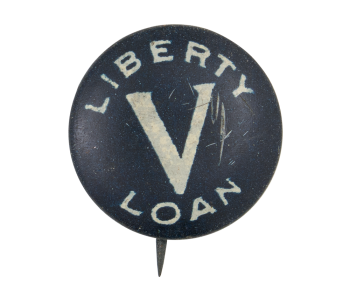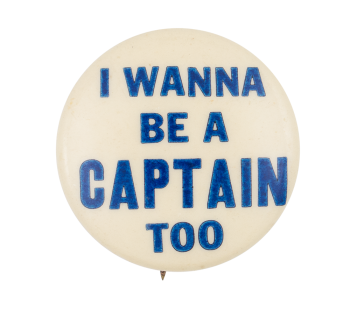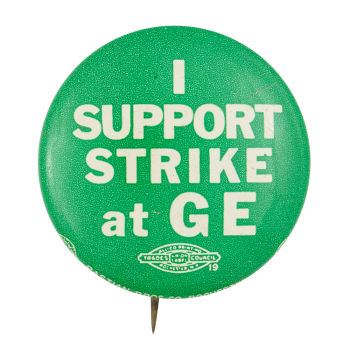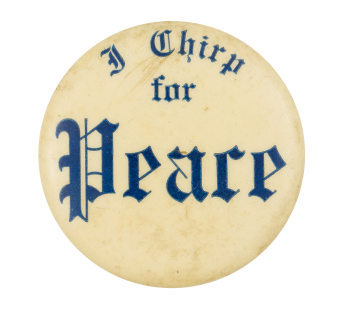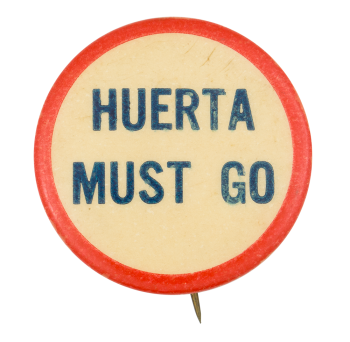Liberty Loan
| Category | |
|---|---|
| Additional Images | |
| Sub Categories | |
| Text on Button | LIBERTY LOAN |
| Image Description | White text on a dark blue background |
| Back Style | |
| The Shape | |
| The Size | |
| Additional Information | To help finance the costs associated with WWI, the U.S. Treasury instituted four Liberty Loan drives during the war, and a fifth “Victory Loan” in May, 1919 to consolidate the nation’s debt after the armistice was signed. Everyone from Wall Street bankers to Boy Scouts campaigned to sell bonds, and rallies were held featuring Hollywood stars such as Douglas Fairbanks, Mary Pickford and Charlie Chaplin. Purchasing bonds was seen as a display of support for the war, and purchasers were given buttons to wear and window stickers to display to advertise their patriotism. It is estimated that twenty-million individuals purchased liberty bonds. |
| Catalog ID | CA0503 |

